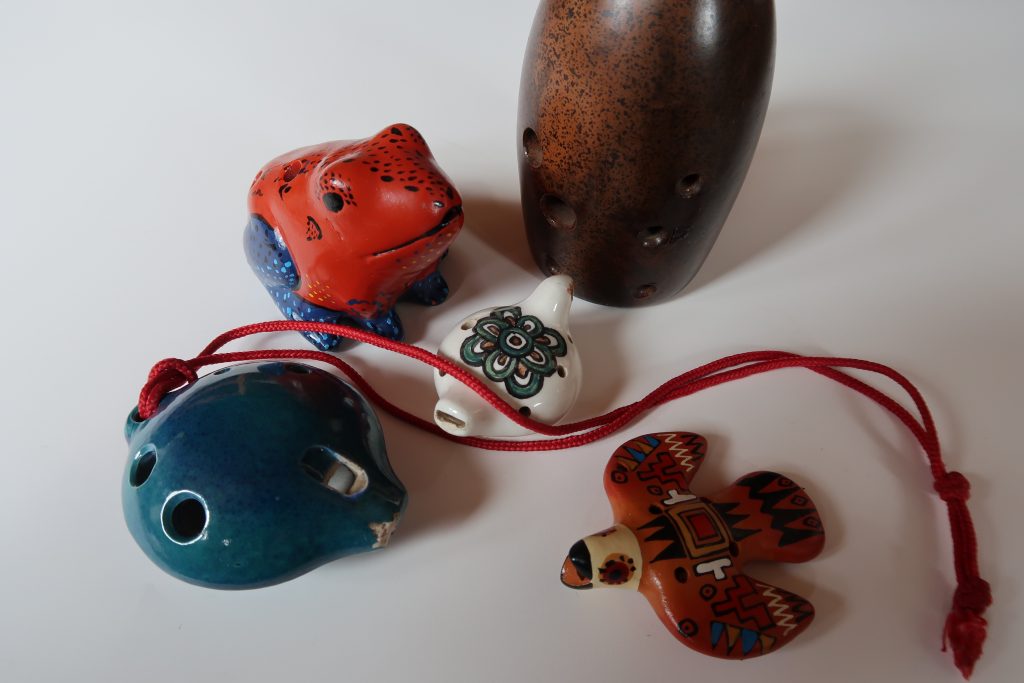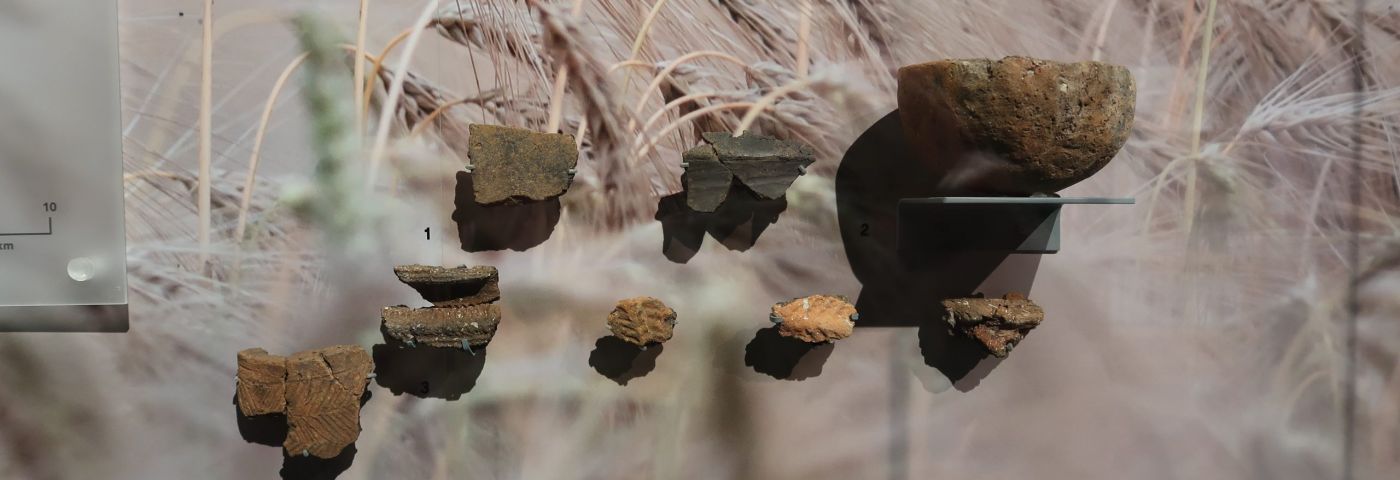The Shape of Your Hands
by Adam Horovitz
Clay at the river’s edge,
toad-mottled by leaf light
as it glances from water.
It sings from the reed banks;
climb down to it, hand
over hand. Scoop up a ragged ball
to turn and mold, then
press your thumbs in deep.
Pinch at the slippery mass
until lump gives way
to vessel. A shape that fits
the contour of your hands
as they are cupped to drink.
Pinch on until walls thin
to the point where heat
will transfer without scalding,
hold broth but not break.
Shaping’s such a human instinct.
**
You are with your ancestors now
in the slippage point between times,
doing what they did, learning
as you go. Difference slips away
like water. This clay is as much
the clay they pulled from river banks
as any clay. It sits brown and heavy
in your hand as it ever sat in theirs.
A weight like hope. The river
runs god-like as all thought
through the possibilities of making.
Find a fire for your pot and bake it.
Pray that, in six thousand years, someone
will be astonished by your fingerprints.
By the steadfast shape of your hands.

Clay Music (excerpts)
by Chris Cundy
Clay and pottery artefacts permeate the Stone Age to Corinium gallery. We see a myriad of fragments, broken sherds and outlines recurring throughout the Museum’s prehistory collection. Carinated edges from the early Neolithic give us tantalising clues about the objects they formed and the houses they once belonged to. We see pieces of cooking pots and other domestic ware made by people who were changing the landscape and who had cultivated an enormous knowledge about their local fauna and flora.
Adam’s poem is a meditation on the timeless craft of ceramics. I have created music for the
accompanying film using five clay ocarinas or vessel flutes, all of different shapes and sizes, ranging from bass up to sopranino.
I’ve collected these little clay instruments over many years and I love them. Each one is shaped with a pip-like mouthpiece just like a baroque recorder only smaller and they have six or seven finger holes. They’re often totemic in appearance and some of them are made to look like birds. I have one that’s in the shape of a poisonous rainforest frog. The sound of the ocarina is completely elemental and you can hold the instruments easily in the palm of your hand.
The music also features field recordings made at Winchcombe, a working studio Pottery right on the edge of the Cotswolds surrounded by woodland and ancient apple orchards. You’ll hear the sound of electric pottery wheels whirring away in the throwing rooms and the shaping of bowls as they are tapped steadily for their exact thickness and width.
© 2022 Adam Horovitz & Chris Cundy
Archaeology of the Ear; a series of poems and soundscapes exploring historic places and Corinium Museum artefacts that have sonorous and musical stories to tell
supported by Help Musicians & Arts Council England










